Yupiit School District - Akiachak, Tuluksak, and Akiak K-12 Schools
It was imperative that the buildings express cultural values and perform well under extreme environmental conditions
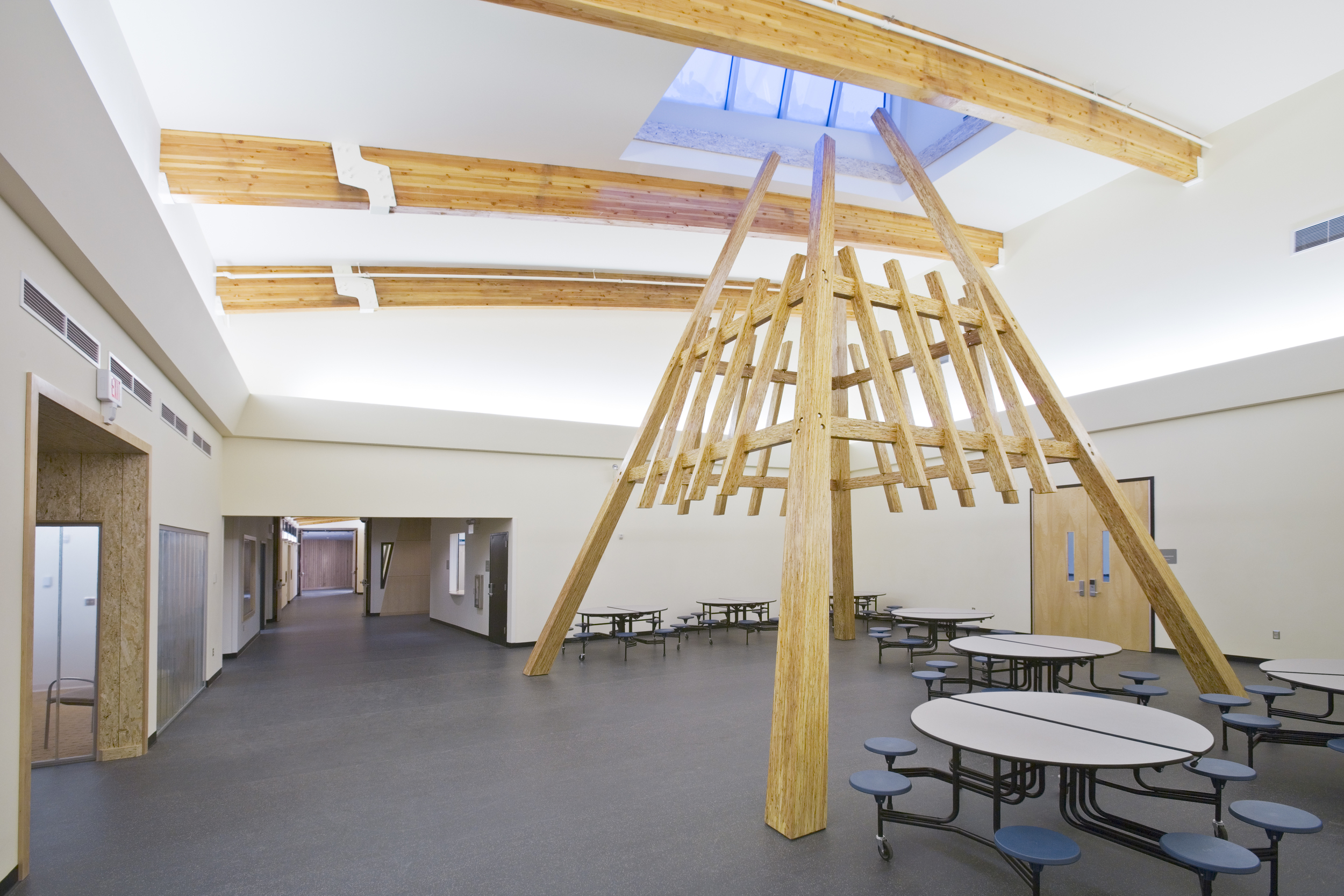
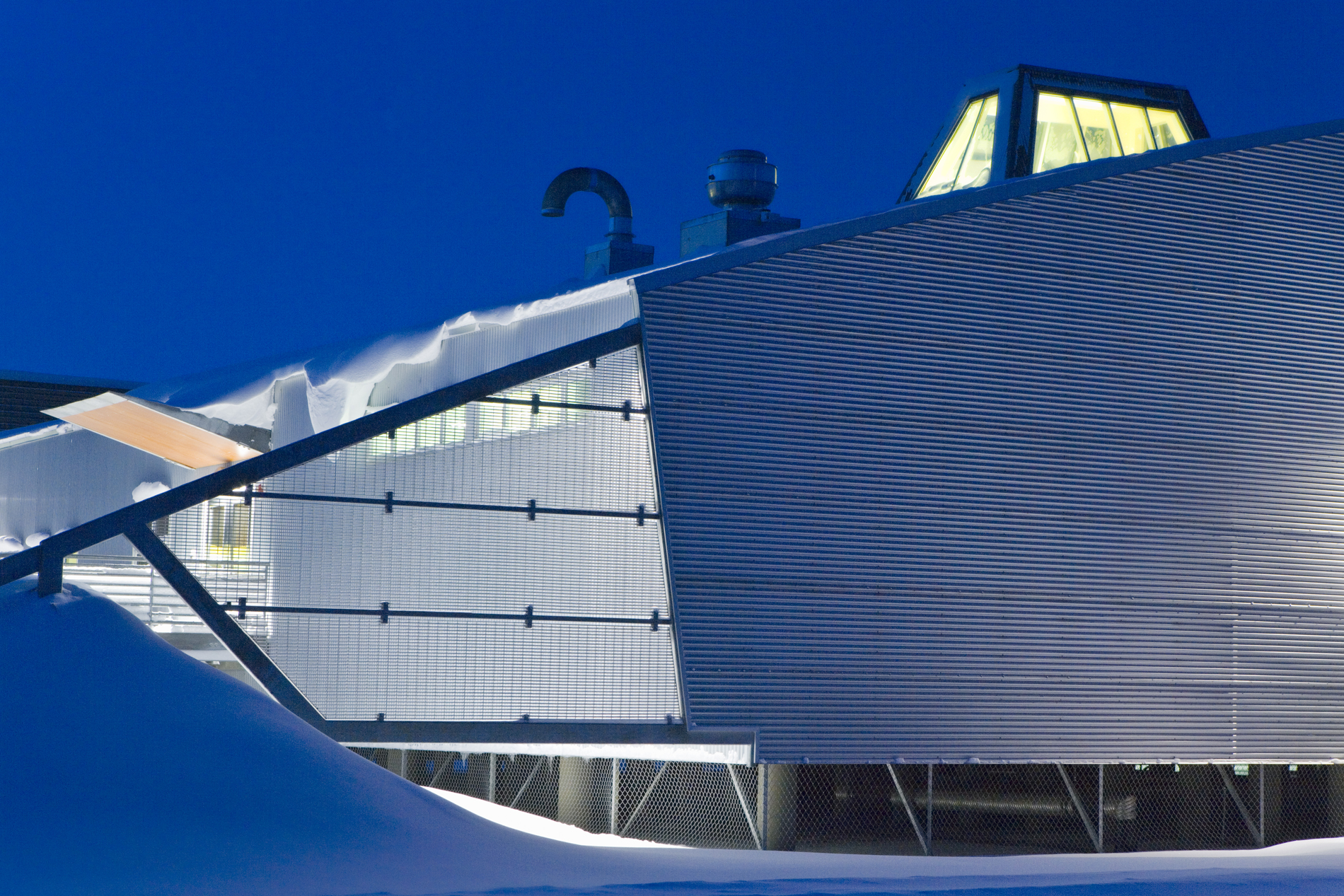
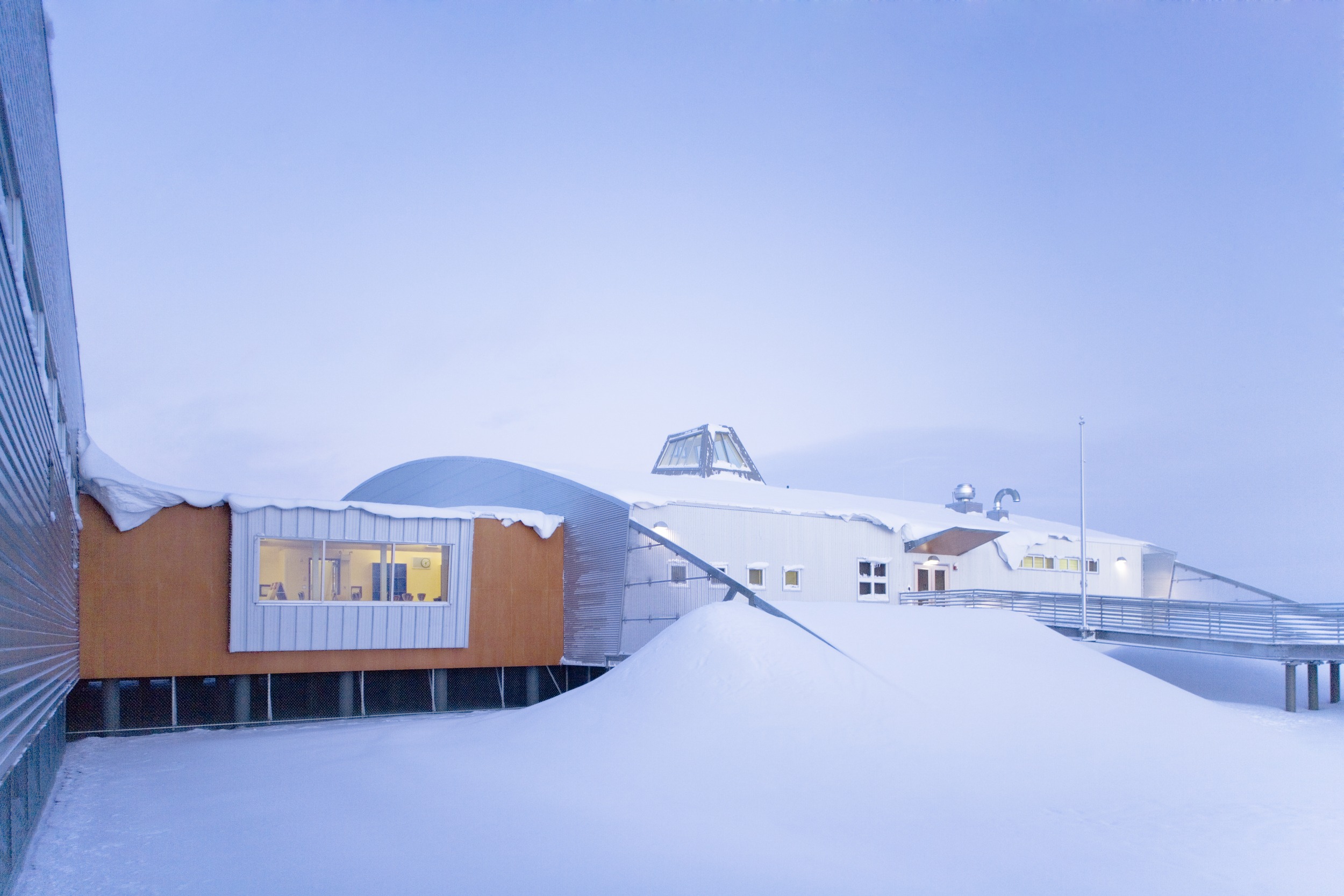

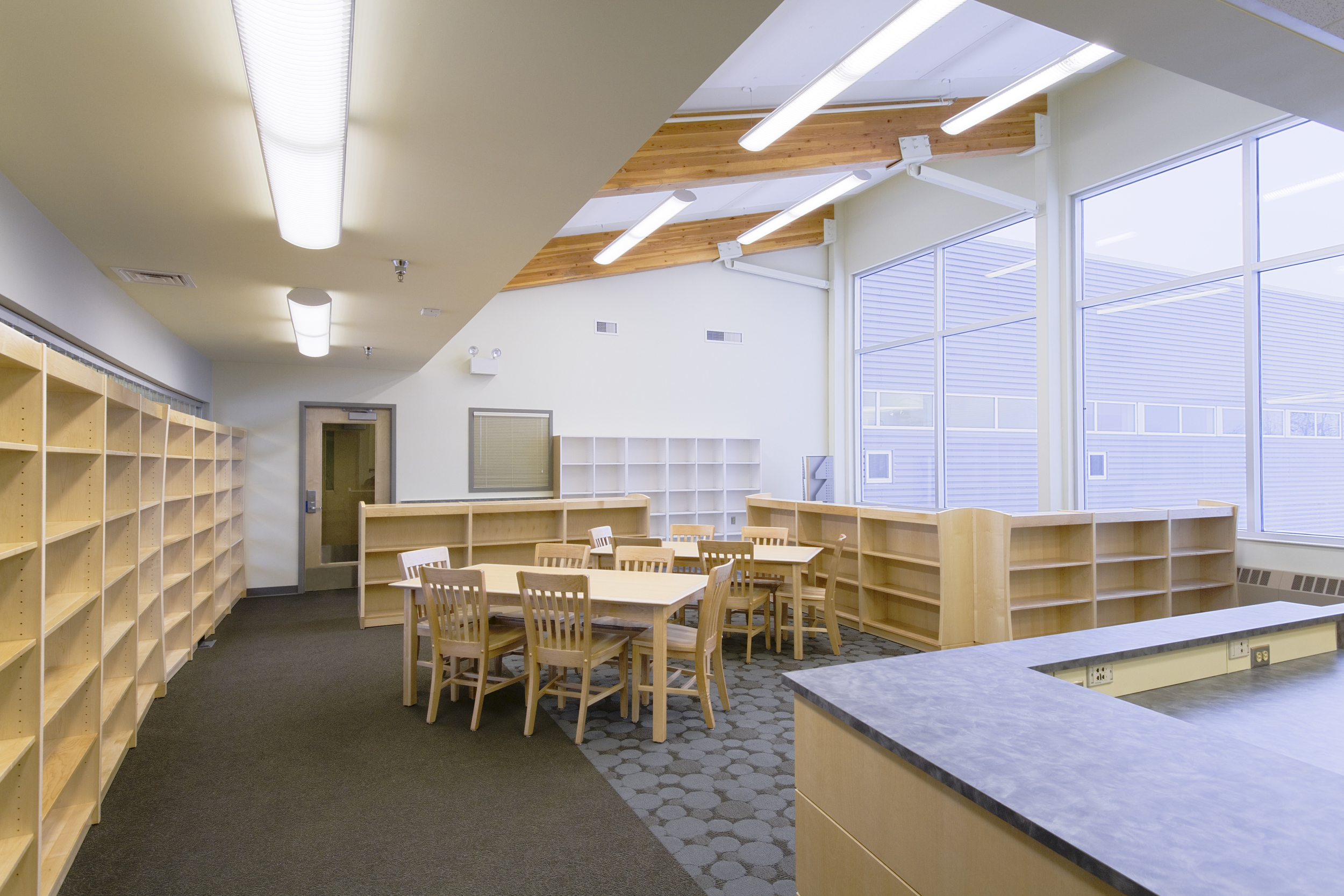
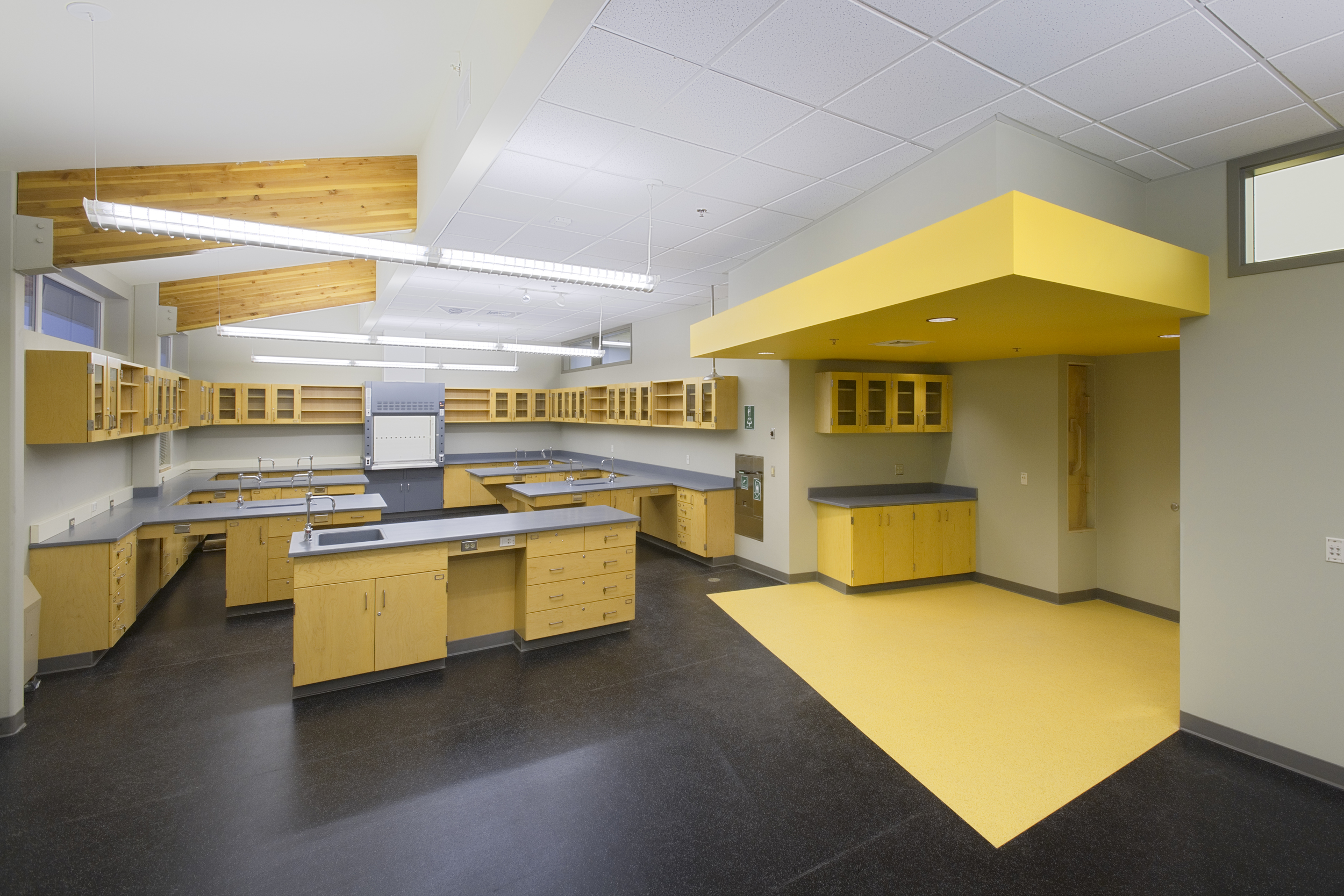
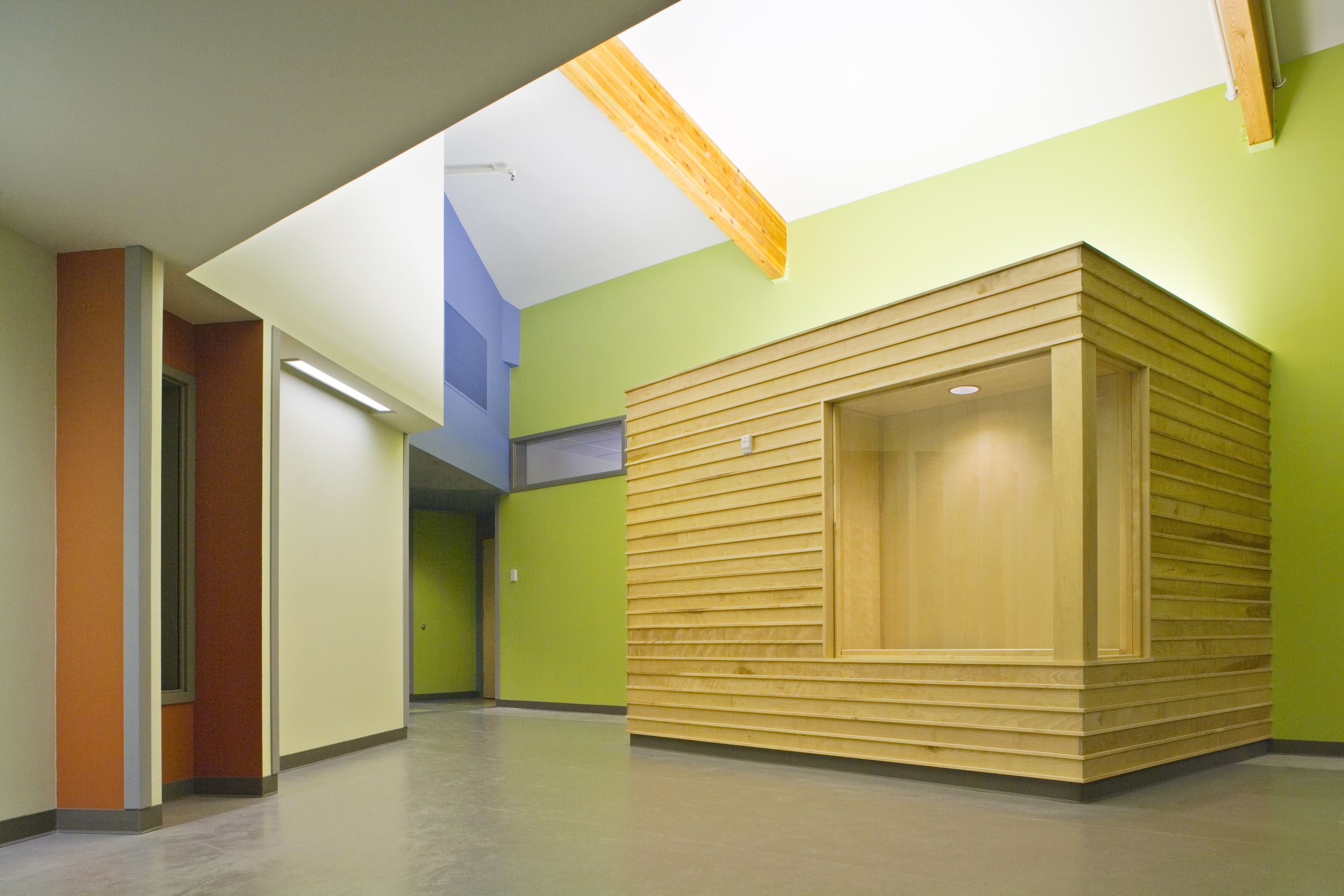
SERVICES PROVIDED:
•Comprehensive Architectural Services
•Project Feasibility Analysis
•Facility Programming
•3D Computer Rendering/Modeling/Visualization
•Comprehensive ID Services
•Programming & Space Planning
•Interior Finish Specs & Coordination
•Furniture Layout
•Signage & Graphic Coordination
AWARDS:
AIA Pacific Northwest Region Honor Award: 2009
Yup'ik people live a 21st century version of the rural Alaskan subsistence lifestyle in their ancestral homeland along the Kuskokwim River floodplain. Funds were granted for the replacement of their three K-12 schools simultaneously in the rural Alaska villages of Akiak, Akiachak and Tuluksak. The history of these Native Alaskan villages predates the history of the state of Alaska by several generations, making a potent connection between the Native Alaskan communities and their homeland. Discussions between the Yupiit School District and the KPB design team identified qualities that would be important for the new facilities. It was imperative that the buildings express cultural values and perform well under extreme environmental conditions. The Yupiit School District asked for three similar buildings that would reflect their culture, give identity to their small district, and support their efforts to honor and preserve their past.
The programmatic solution divides functions into three elements. One element, representing the past, collects educational spaces which can also support general village life, creating a community center. Another element, representing the future, organizes modern high technology educational functions. Placed between these two building elements is a library, which serves physically as a bridge between the two elements and symbolically as a bridge between the past and the future. This functional separation makes after-school community use of the buildings possible, allowing for village activities such as weddings, cultural celebrations, community recreation and holiday gatherings.
